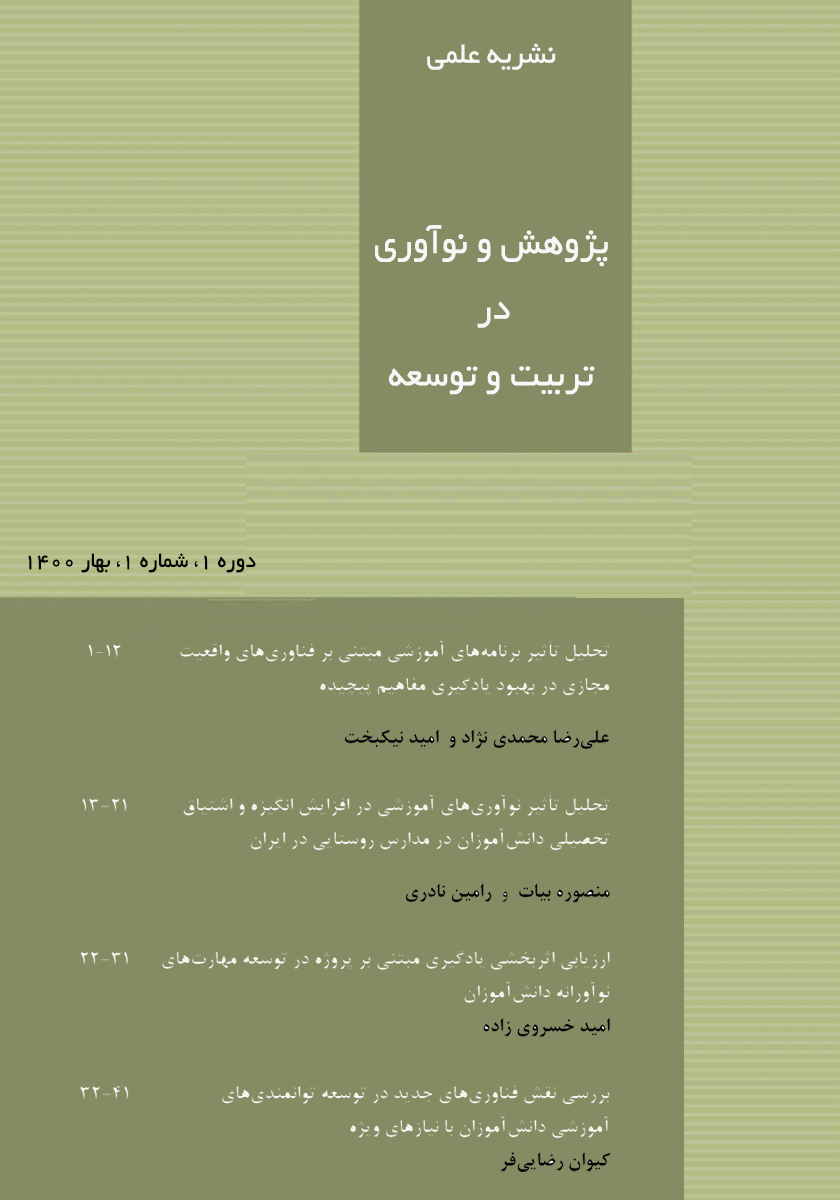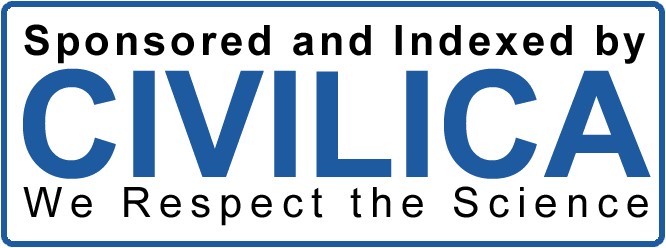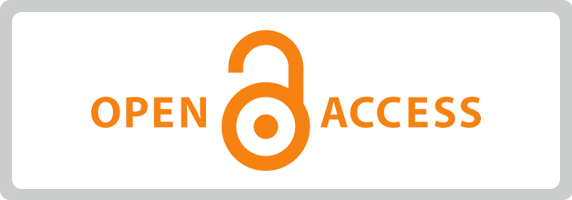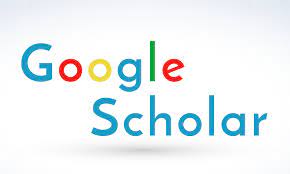تحلیل تأثیر استفاده از یادگیری ترکیبی بر تعاملات دانشجو-استاد در آموزش عالی
کلمات کلیدی:
یادگیری معکوس, یادگیری تلفیقی, نتایج تحصیلی, انگیزه دانشآموزان, فناوری آموزشیچکیده
این مقاله به تحلیل مقایسهای استفاده از روشهای یادگیری معکوس و یادگیری تلفیقی در بهبود نتایج تحصیلی میپردازد. یادگیری معکوس که نقشهای سنتی کلاس درس را جابهجا میکند، با انتقال محتوای آموزشی به خارج از کلاس، فرصت بیشتری برای فعالیتهای تعاملی و عمیق در کلاس ایجاد میکند. در مقابل، یادگیری تلفیقی با ترکیب آموزش حضوری و آنلاین، انعطافپذیری بیشتر و دسترسی به منابع آموزشی متنوعی را فراهم میآورد. در این مقاله با استفاده از تحلیل توصیفی مطالعات پیشین، تأثیر هر دو روش بر بهبود عملکرد تحصیلی، انگیزه و خودمختاری دانشآموزان بررسی شده است. یافتهها نشان میدهد که هر دو روش تأثیرات مثبتی بر نتایج تحصیلی دارند، اما موفقیت آنها به عواملی مانند زیرساختهای فناورانه و توانمندی معلمان بستگی دارد. چالشهایی مانند دسترسی به فناوری در یادگیری معکوس و نیاز به خودمدیریتی در یادگیری تلفیقی مورد بررسی قرار گرفته است. در نهایت، پیشنهاداتی برای اجرای مؤثر این روشها در محیطهای آموزشی مختلف ارائه شده است.
دانلودها
مراجع
زارعی، م. )1396(. بررس ی تأثی ر استفاده از روش یادگیری معکوس بر عملکرد تحصی لی دانش آموزان در درس ریاضیات .
فصلنامه پژوهش های تربیتی ، 27)2(، .30-15
فراهانی، ر. ) 1397(. نقش معلمان در موفق یت ی ادگیری تلفی قی در محیط های آموزش ی ایران. فصلنامه علوم تربیتی ، 16)1(،
.62 -45
نوروزی، ح. )1398(. تأثیر یادگی ر ی تلفیق ی بر ی ادگیری زبان انگلی سی دانش آموزان دبیرستانی . مجله آموزش و پرورش، 10)4(،
.90 -77
Abeysekera, L., & Dawson, P. (2015). Motivation and cognitive load in the flipped
classroom: definition, rationale and a call for research. Higher Education Research &
Development, 34(1), 1-14.
Bergmann, J., & Sams, A. (2012). Flip Your Classroom: Reach Every Student in
Every Class Every Day. International Society for Technology in Education.
Garrison, D. R., & Kanuka, H. (2004). Blended learning: Uncovering its
transformative potential in higher education. The Internet and Higher Education, 7(2), 95-
Garrison, D. R., & Vaughan, N. D. (2008). Blended Learning in Higher Education:
Framework, Principles, and Guidelines. John Wiley & Sons.
Lage, M. J., Platt, G. J., & Treglia, M. (2000). Inverting the classroom: A gateway
to creating an inclusive learning environment. The Journal of Economic Education, 31(1),
-43.
López-Pérez, M. V., Pérez-López, M. C., & Rodríguez-Ariza, L. (2011). Blended
learning in higher education: Students’ perceptions and their relation to outcomes.
Computers & Education, 56(3), 818-826.
O’Flaherty, J., & Phillips, C. (2015). The use of flipped classrooms in higher
education: A scoping review. The Internet and Higher Education, 25, 85-95.
Singh, H. (2003). Building effective blended learning programs. Educational
Technology, 43(6), 51-54.
Strayer, J. F. (2012). How learning in an inverted classroom influences cooperation,
innovation, and task orientation. Learning Environments Research, 15(2), 171-193.
Tucker, B. (2012). The flipped classroom: Online instruction at home frees class
time for learning. Education Next, 12(1), 82-83.












